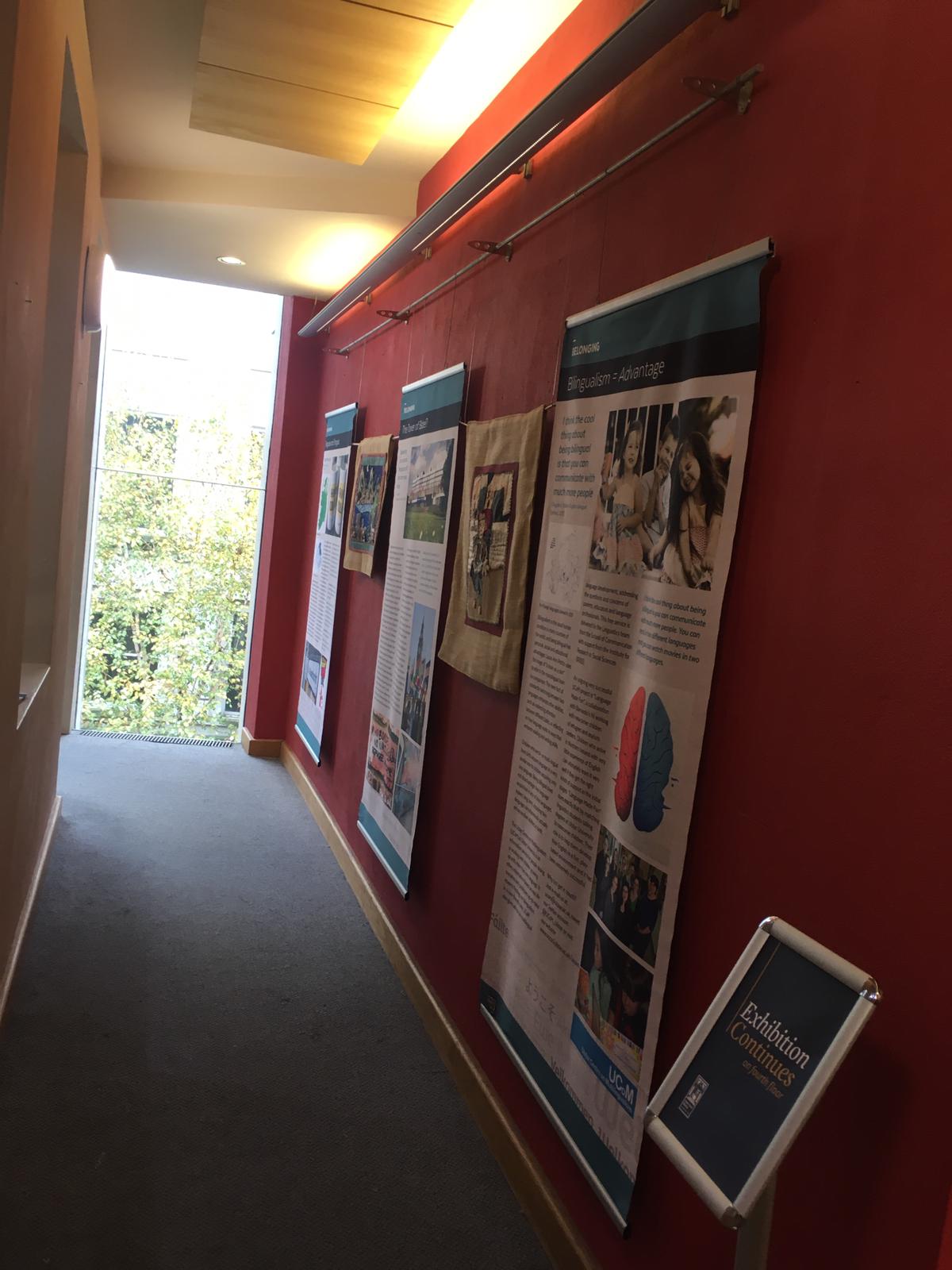
From Home to Here: Stories of Languages Old and New
We are surrounded by languages and dialects every day of our lives and are aware from a very young age of how they can be used to signal who we are and inform how we perceive others to be. Linguistic choices might symbolise a difference in class, ethnicity, gender or religious persuasion. Research has traditionally focused on deepening our understanding of the history and contemporary diversity of the local languages and dialects spoken in Northern Ireland (NI). It reflects aspects of the social conflict endured by the NI population for much of the twentieth century and has informed debates surrounding the linguistic heritages of local communities (respectively, Irish Gaelic and Ulster Scots). The recent Peace Process has, on the one hand, ensured greater protection for these, and, on the other, has made NI more attractive to economic migrants. This has resulted in unprecedented inward migration (particularly from the new EU countries and asylum seekers) so that ethnic minorities in the region (and the languages they speak) have become increasingly audible and visible. This exhibition and the activities tied to it explore the socio-cultural and linguistic impact on NI of its changing population from when the first Celtic speakers arrived to the present day. It will be co-curated by Roberta Bacic, a human rights researcher, Prof. Karen Corrigan, Newcastle University, Deborah Douglas, Linen Hall Library and Drs Frances Kane and Kate Mairs, Queen’s University, Belfast.
